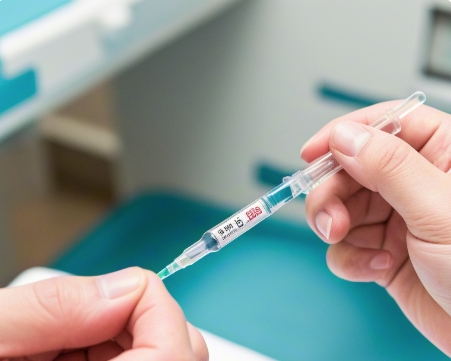
News and Blogs
How to improve the accuracy of anal swab sampling swab? 5 major operation steps revealed
Anal swab sampling technology analysis and clinical application guide
Anal swab sampling is an important means of clinical microbial detection and is mainly used in the field of intestinal pathogen screening. This detection method can effectively detect intestinal pathogenic bacteria such as Shigella and Salmonella by collecting shredded cells and secretions at the end of the rectum, and can also be used for parasitic egg detection. In the prevention and control of the new coronary pneumonia epidemic, this technology was included in the testing plan because it was found that the viral load of some patients' gastrointestinal samples was continuously positive, making it an important supplement to multi-site sampling.
Virological characteristics and detection necessity. As a new strain of β-genomic coronavirus, the widespread binding properties of its spike protein and human ACE2 receptor explain the pathological mechanism in which the virus can invade the respiratory and digestive systems at the same time. Clinical data show that about 10-15% of confirmed cases are accompanied by gastrointestinal symptoms such as diarrhea and vomiting, and the detection rate of viral RNA in fecal samples can reach more than 50%. A 2021 study by the Beijing Center for Disease Control and Prevention showed that the duration of viral RNA positive in anal swab samples was 5–7 days longer than that of nasopharyngeal swabs, which is of great reference value for accurately judging the outcome of infected people.
Standardized operating procedures. Standardized operation procedures. Strict operating specifications should be followed for anal swab sampling in professional medical institutions: 1. Take the subject to lie on the side and fully expose the sampling site 2. Use a special sterilized sampling swab to slowly insert it into the anus 3-5 cm 3. Gently rotate the swab for 3 weeks to ensure effective collection of mucosal cells 4. Place a transport tube containing virus preservation liquid and store it at low temperatures to pay special attention to the sampling depth control. Too shallow may lead to insufficient sample size, and too deep may cause discomfort to the subject. Sampling devices that meet ISO standards, such as the Mandolin virus sampling kit, have a nylon flocking design on the swab head that can improve cell adsorption efficiency by more than 30%.
Clinical application scenarios and population selection Currently, anal swab test is mainly used in three key groups: - Inbound quarantine observation personnel (especially those with positive gastrointestinal symptoms) - highly suspected cases in medical institutions (nucleic acid tests are repeatedly negative, but the symptoms continue) - Screening of close contacts in specific epidemic environments Beijing's 2022 epidemic prevention and control data show that the combined use of nasopharyngeal swabs and anal swabs in the testing of inbound personnel can increase the positive detection rate by 18.7%. It is worth noting that the anal swab sample needs to be combined with RT-PCR amplification detection, and there is a biological difference between its Ct value determination criteria and respiratory samples.
Quality control and detection optimization sample transportation must be maintained at 2-8℃ cold chain environment, and the processing time limit shall not exceed 72 hours. Laboratory testing should be used to monitor sampling quality by internal reference genes (such as human RNAS P). For special groups such as immunosuppressive patients, it is recommended to extend the test window to 21 days. The latest research shows that the virus shedding time of the Omicron mutant strain in the digestive tract is about 40% shorter than that of the original strain, which suggests that the detection strategy needs to be adjusted according to the dynamics of the virus evolution.






